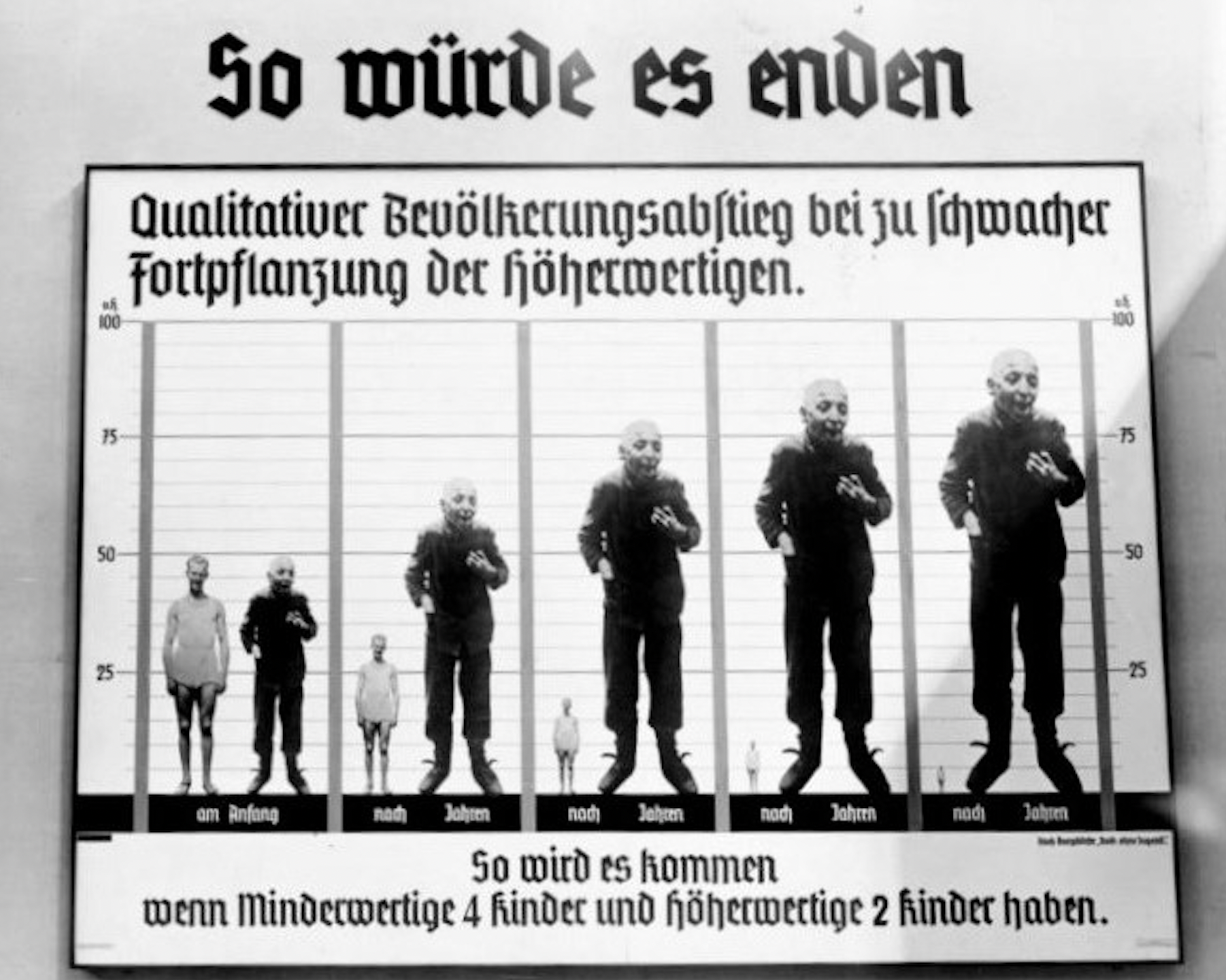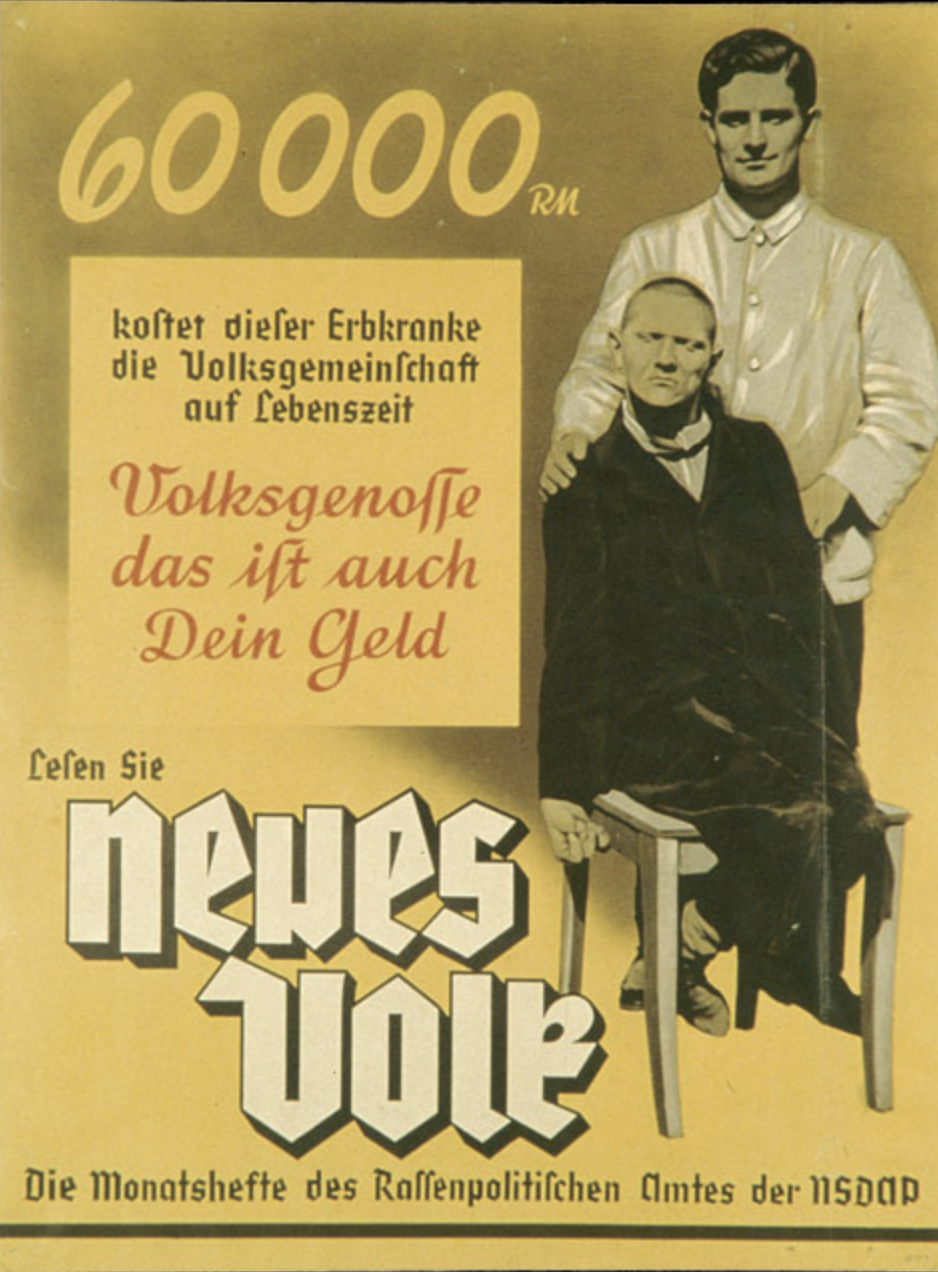Mass Sterilization
The German Sterilization Law was also known as the the Law for the Prevention of Genetically Diseased Offspring. Passed in 1934, the law had been in progress for a long time. Hitler had been particularly interested in eugenics, which was the study of arranging reproduction to create an ideal population. Hitler was surely convinced that he could produce the perfect race for his country (1). However, he also believed that those with disabilities or odd behaviors would pass them down to their children.

Sterilization was the answer to this issue for Hitler, so he sought out to sterilize those who did not fit his racial hygiene standard. The 1934 Act made sterilization legal on eugenic and social grounds (2). While the sterilization of the mentally ill was not a new concept, the act made it more socially acceptable and common.
Sterilization was a solution to social problems such as ignorance, laziness, handicaps, poverty, and other issues, according to Nazis. It was a way to control procreation, as well as a way to instill the idea of an acceptable individual to men and women. German citizens, terrified of becoming disabled or raising a disabled child, often opted to undergo sterilization. However, many of them were forced, and anyone who showed signs of a disability could face being subjected to sterilization.

Over one thousand women were forcibly sterilized at a single medical clinic in Freiburg. While doctors said it was a harmless and painless operation, several of the women died. Men were typically sterilized through vasectomies, and women were sterilized through an invasive procedure. Nazi authorities preyed on this law, and would target homeless people, prostitutes, alcoholics and political enemies. Nazi officials conducted house to house surveys for each home and decide if anyone needed to needed sterilizing. These surveys often took place in poor communities. Prisoners and homosexuals were also sterilized, as Nazis thought that their behaviors would pass down to their children. The eugenics movement in Germany was motivated by radical nationalism and Hitler’s totalitarianism. The world began to scrutinize the movement, many targeting the medical professionals who were agreeing to the procedures.
- “Nazi Mass Sterilization.” The Science News-Letter 50, no. 23 (1946): 356–356.
- Kopp, Marie E. “Legal and Medical Aspects of Eugenic Sterilization in Germany.” American Sociological Review 1, no. 5 (1936).